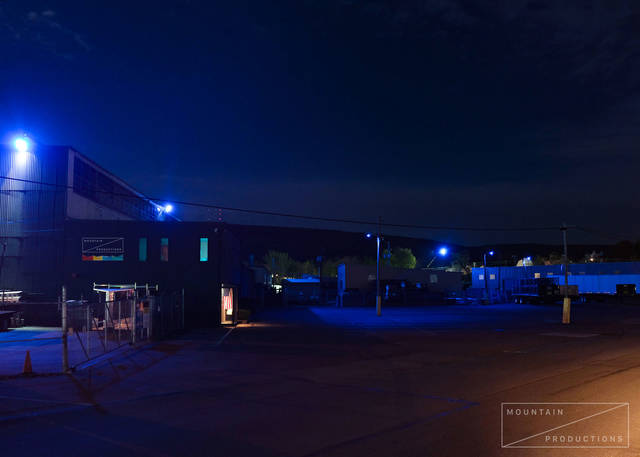Computer technology that pinpoints new structures and property additions based on aerial photography will be implemented in Luzerne County’s assessment office next year, officials said last week.
The software has been discussed for years, but county officials say it’s now financially feasible because other government funding is covering the required flyover.
The East Central Task Force, which focuses on hazard planning and response, spent $404,160 in Department of Homeland Security grant funding to hire Rochester-based Pictometry International Corp. to complete aerial imagery of Luzerne and six other counties in its coverage area.
County Mapping/GIS Director Dave Skoronski last week estimated Luzerne County would have been required to pay around $100,000 to obtain this flyover on its own.
The task force funded a similar flyover performed by Pictometry in 2013. The latest aerial imagery was captured this spring when leaves were off trees.
Pictometry workers photographed each of the more than 165,000 properties in the county from multiple angles, county officials said.
Counties covered by the task force had the opportunity to piggyback onto its Pictometry contract to purchase additional supplemental software.
Using past-borrowed capital funds, Luzerne County’s mapping/GIS department entered into a $45,000 contract earlier this year for Pictometry to digitize outlines of each building in the county.
County Budget/Finance Division Head Brian Swetz said the administration is finalizing a $50,000 contract to acquire Pictometry’s “ChangeFinder” software to flag new construction since the countywide reassessment in 2009 and link the assessor’s office to the new imagery of structures.
Swetz said the assessor’s office has six evaluators who must stay on top of all new construction, and building permits are not always obtained or reported to the county.
The new program will ensure no new construction was missed, including garages, additions and in-ground swimming pools, Swetz said. The software is expected to pay for itself through the addition of previously undetected property added to the tax rolls, he said, noting he will keep track of the additions separately so the administration can measure the benefits of the software.
“Obviously we don’t know what has been missed, but the expectation is that we could get a substantial repayment from identifying properties, at least in the first year,” he said.
The contract will include software training for assessment workers, he said.
Skoronski said the building outlines are needed for the assessment software, but the data his office is purchasing also will benefit other departments and agencies. Some examples of the uses he cited:
• Developing law enforcement investigation or response plans.
• Dispatching emergency responders
• Flood map calculations
• Establishing whether structures comply with county planning/zoning requirements, such as minimum setbacks from adjacent structures
Skoronski and county Emergency Management Agency Director Lucille Morgan also said the data will speed up calculations of damages required to seek and receive recovery funding after floods and other disasters.
Morgan’s office also can quickly identify all structures that must be evacuated if there is a hazardous material spill or other crisis.





